Face B
Tatiana MacedoIf in FACE A (Opening) the first reflection rested on the material resistance of the archive to its opening, the analogy between the archive and the construction made by heterogenic layers (instead of an original and intact «face»), FACE B (Bayreuth) is a drift on the contradictions of the place in its relation with recent History.
In this second reflection or «movement», I depart from the Opera House[1] situated opposite my studio in Iwalewahaus, to the Wagner Walk – a route through Bayreuth that leads us to the Wagner Festspielhaus[2] and to his purist, nationalist and reactionary ideals of a «pure» Opera, without contaminations, unique and exclusively designed by him to host his creations and for the enjoyment of an elite.
The experience of the walk is contradictory – an immaculate beauty in its rigour and search for perfection coexist with the memory of a horrendous cruelty.
«A Yoruba drummer is as sophisticated as a violin player» – is a well known phrase by Uli Beier, the founder of Iwalewahaus and of the Bayreuth Transcultural Music Festival, that took place at the Opera House next to the synagogue. The aim of the Festival was to connect artists from different cultures.[3]
Prometheus gave fire back to Humanity.
Opera House (the synagogue’s rooftop is on the bottom left hand corner)
WAGNER’S WALK
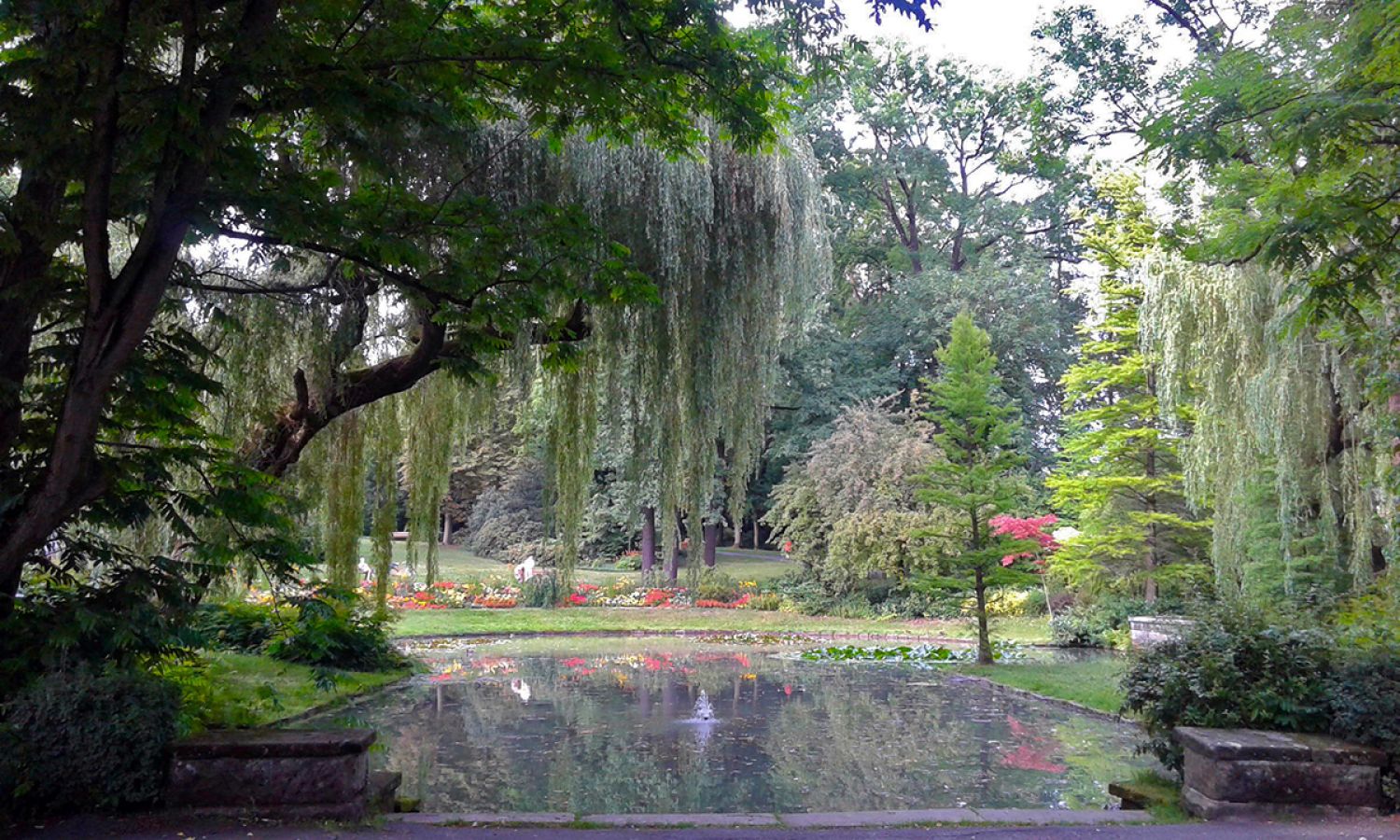
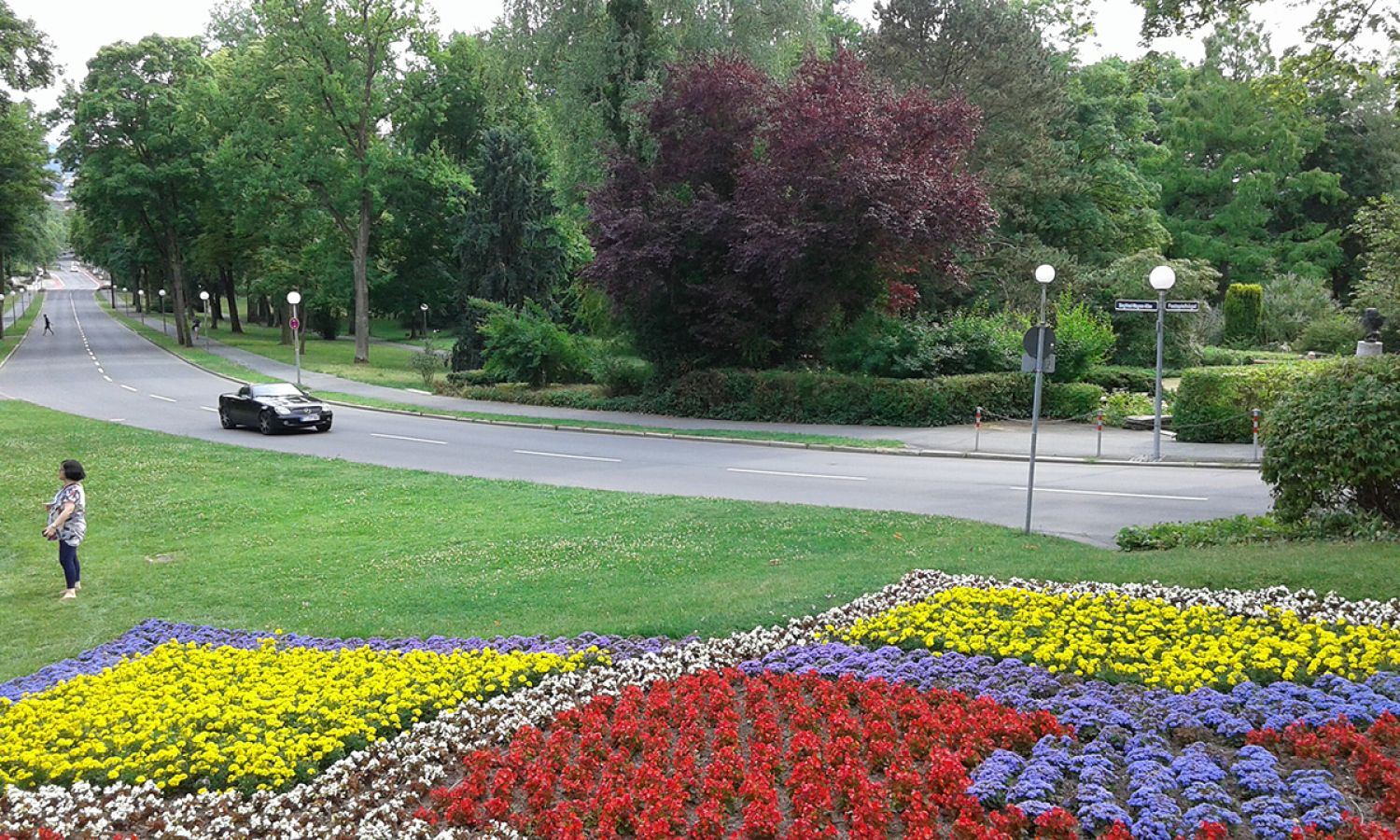
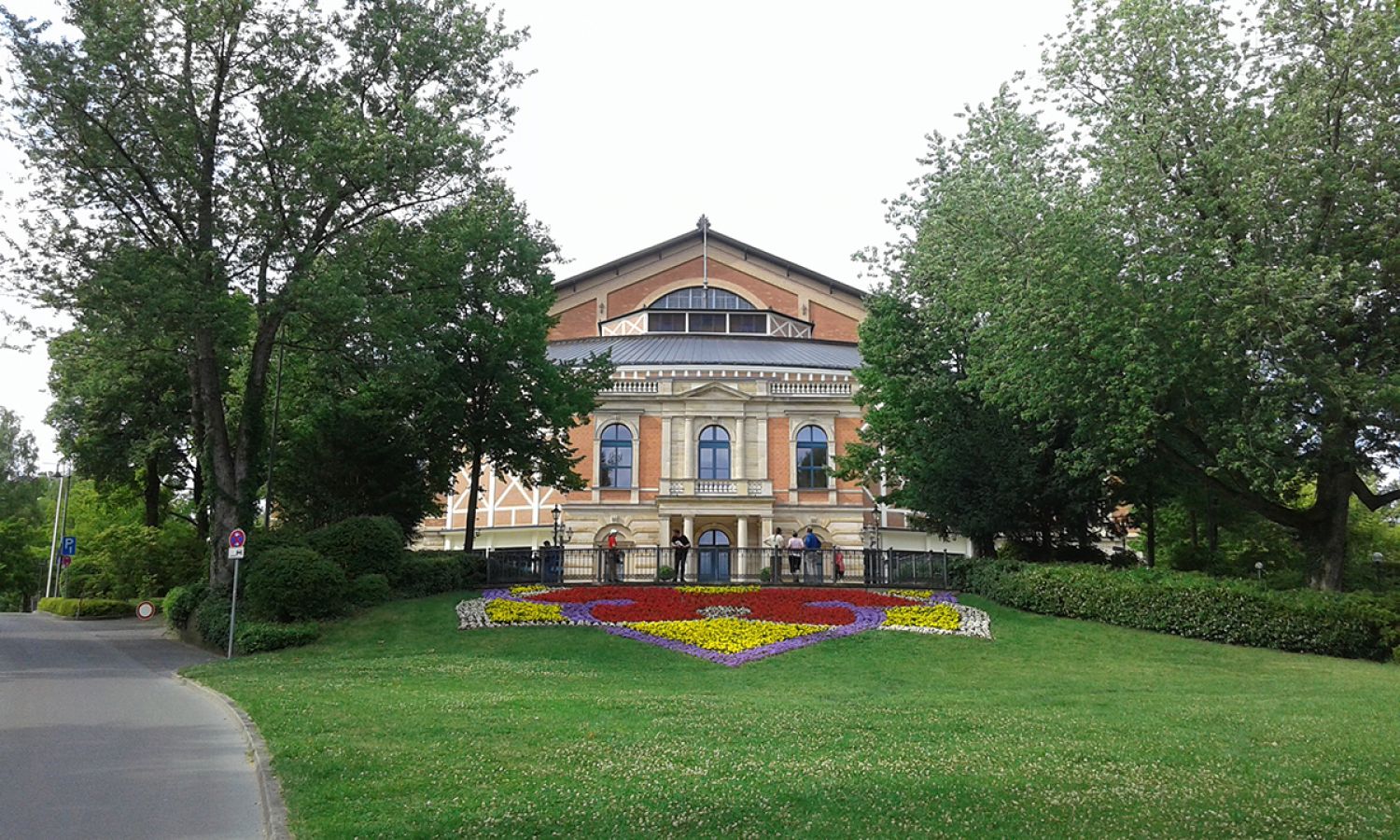
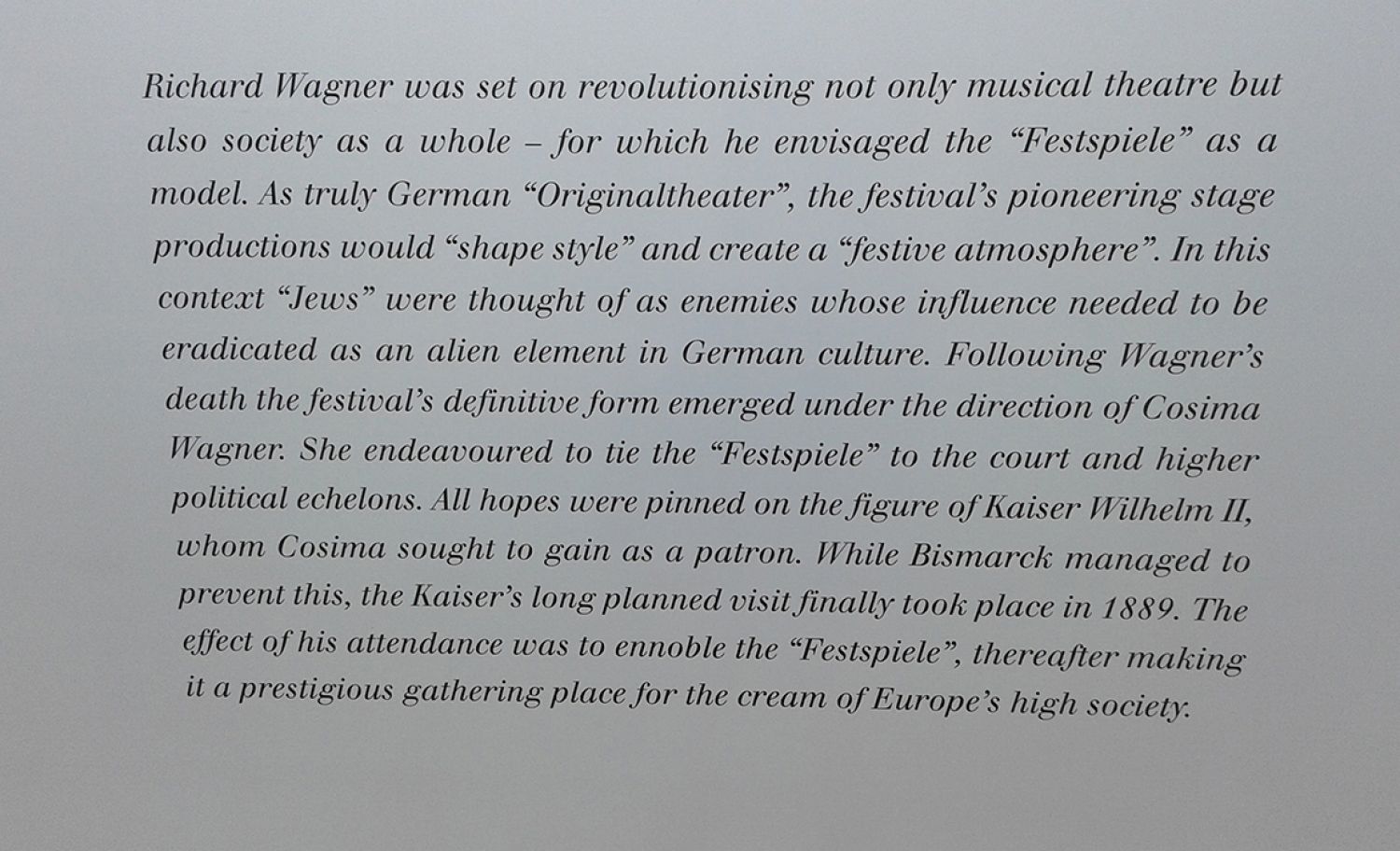
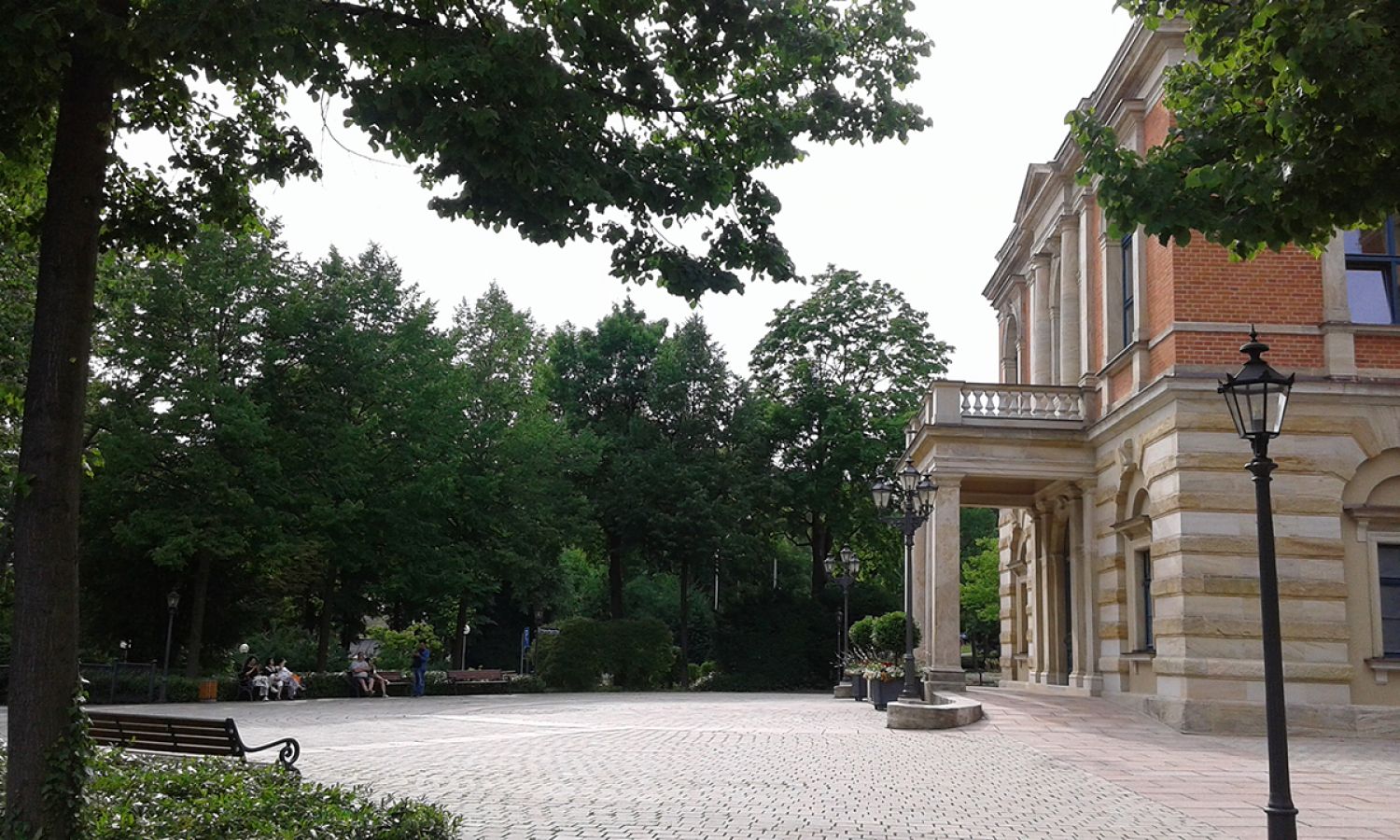
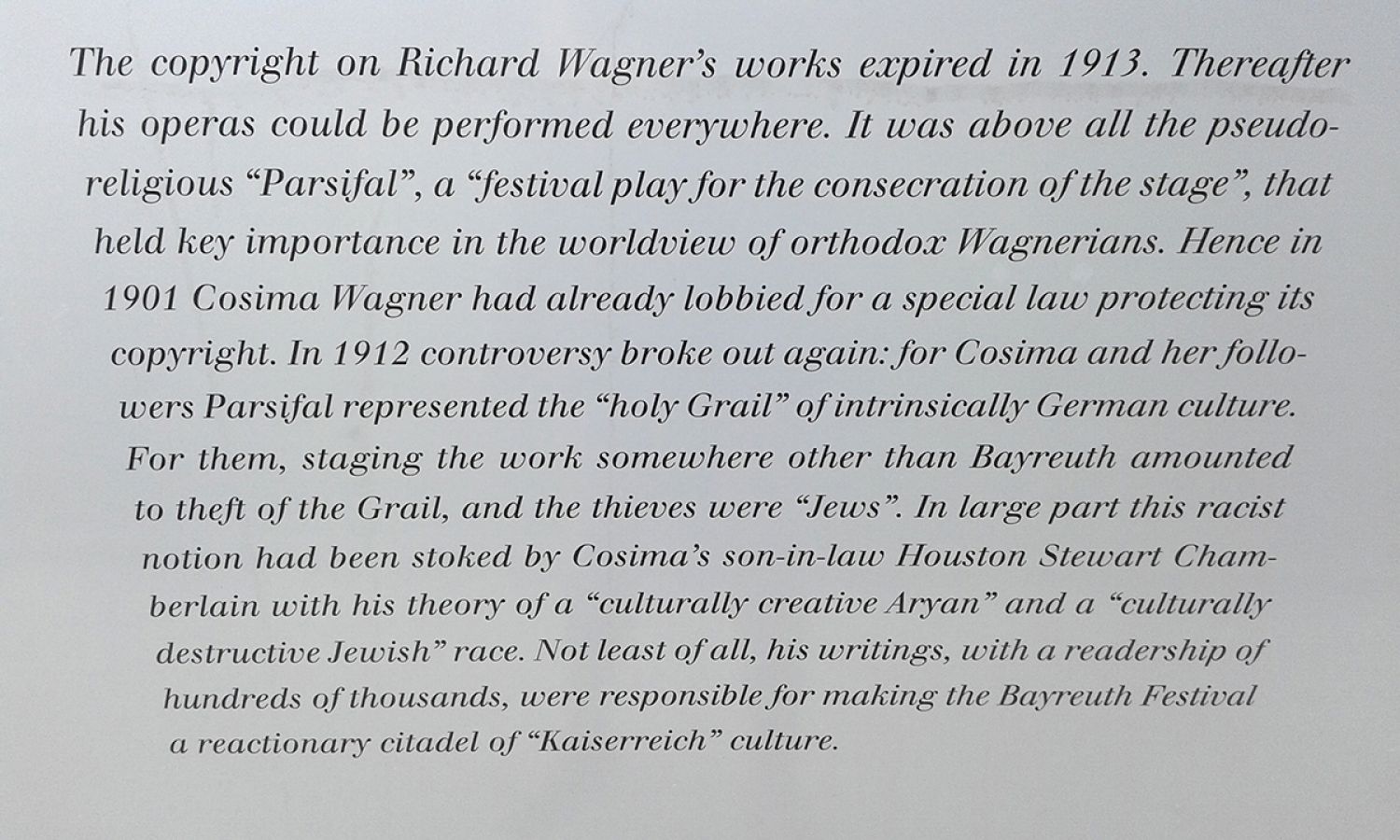
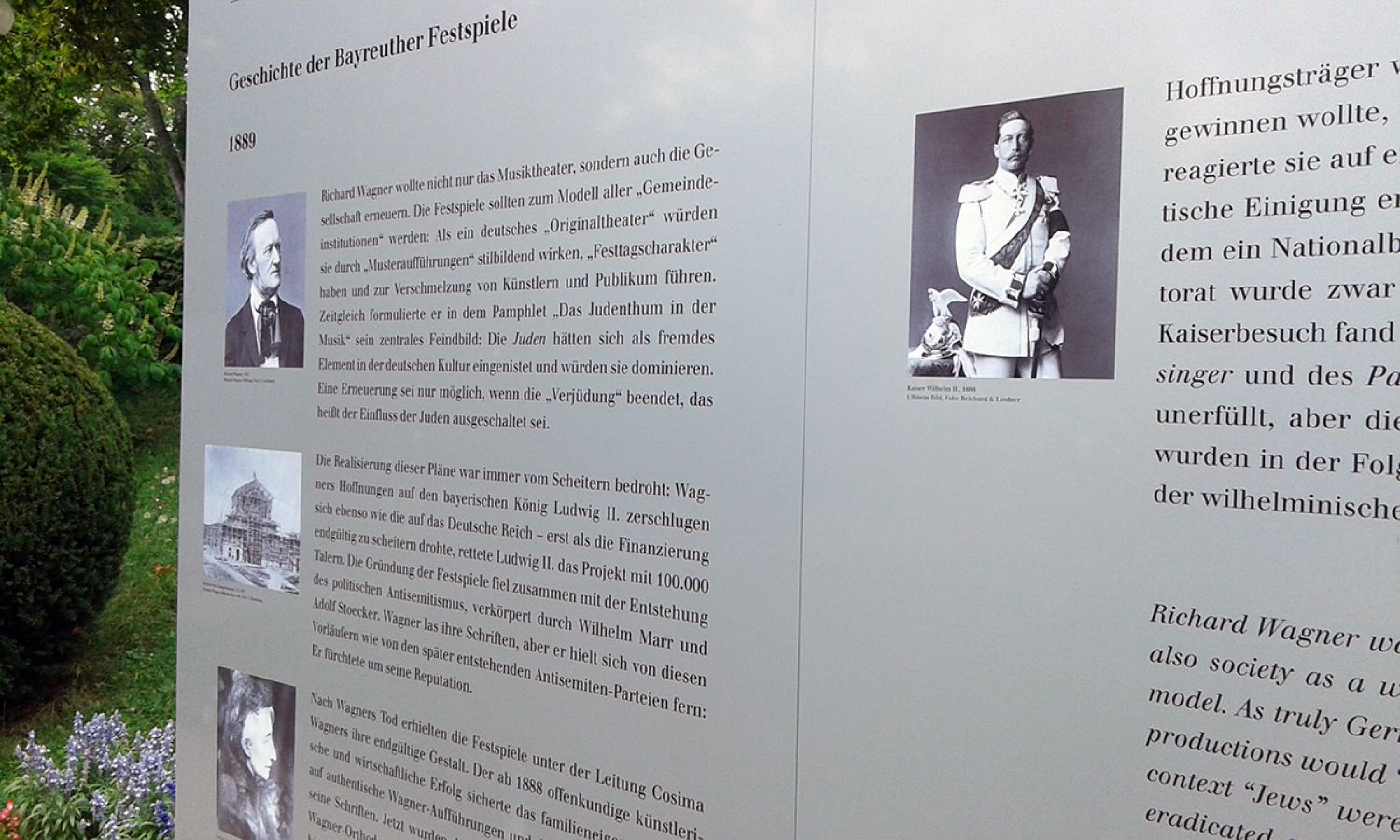
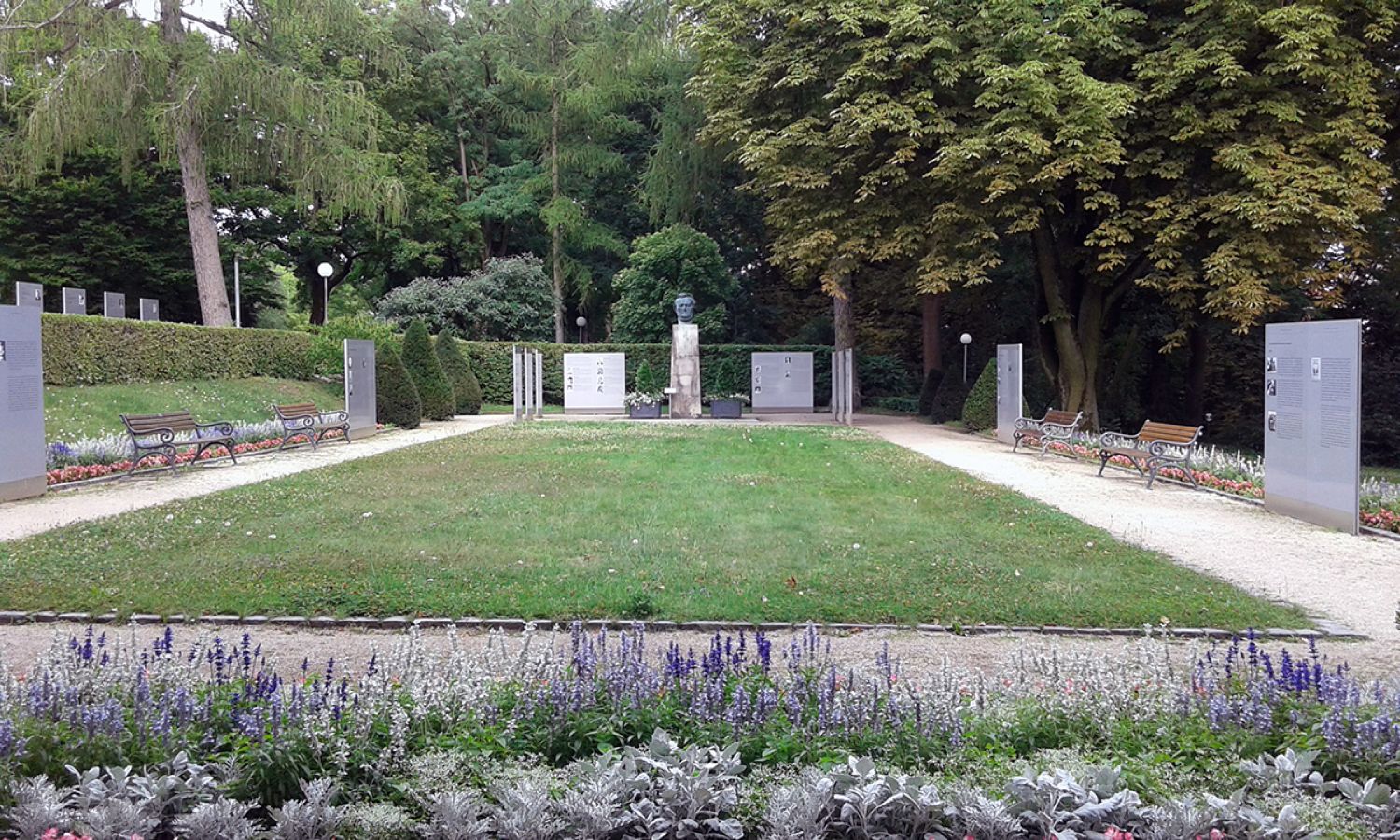
MUTED VOICES
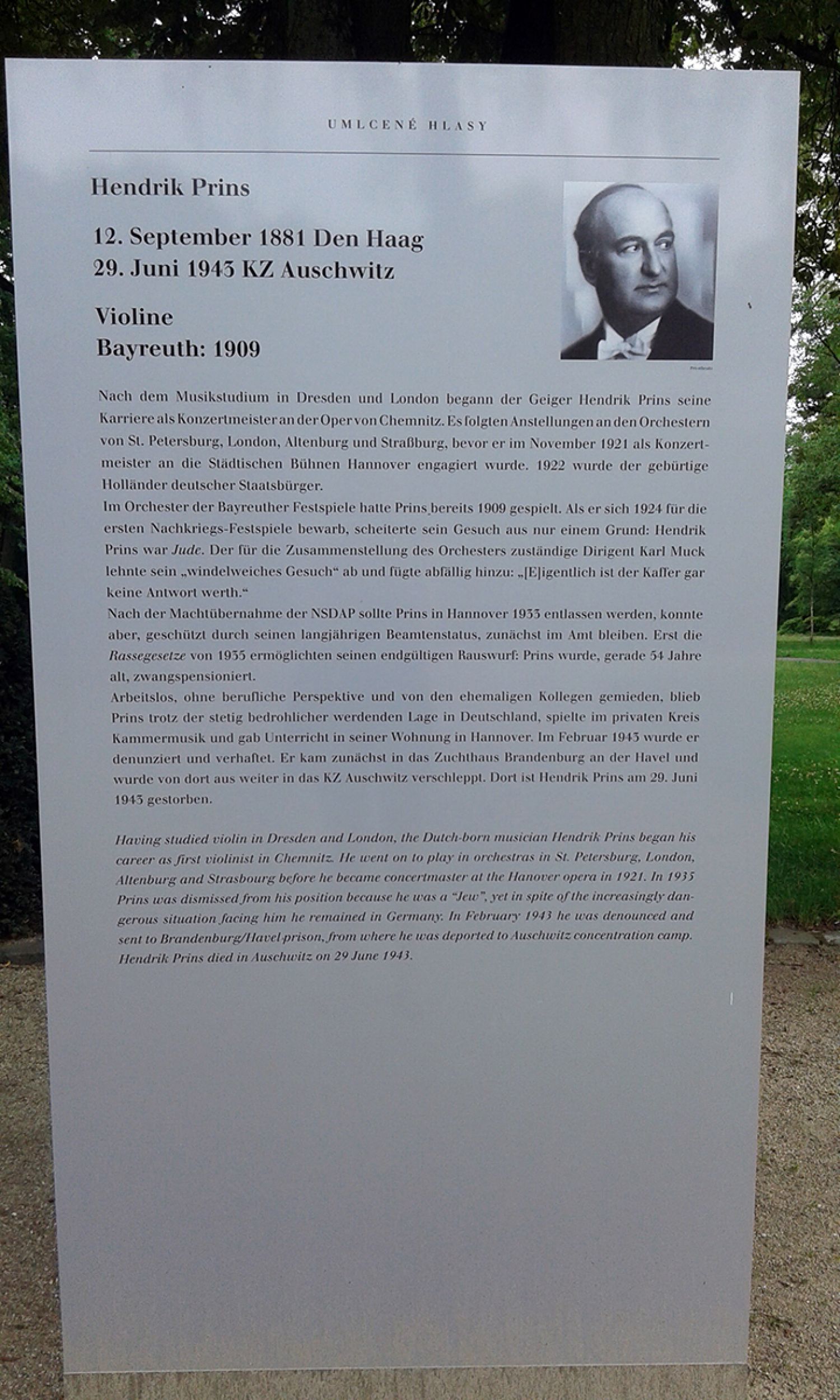
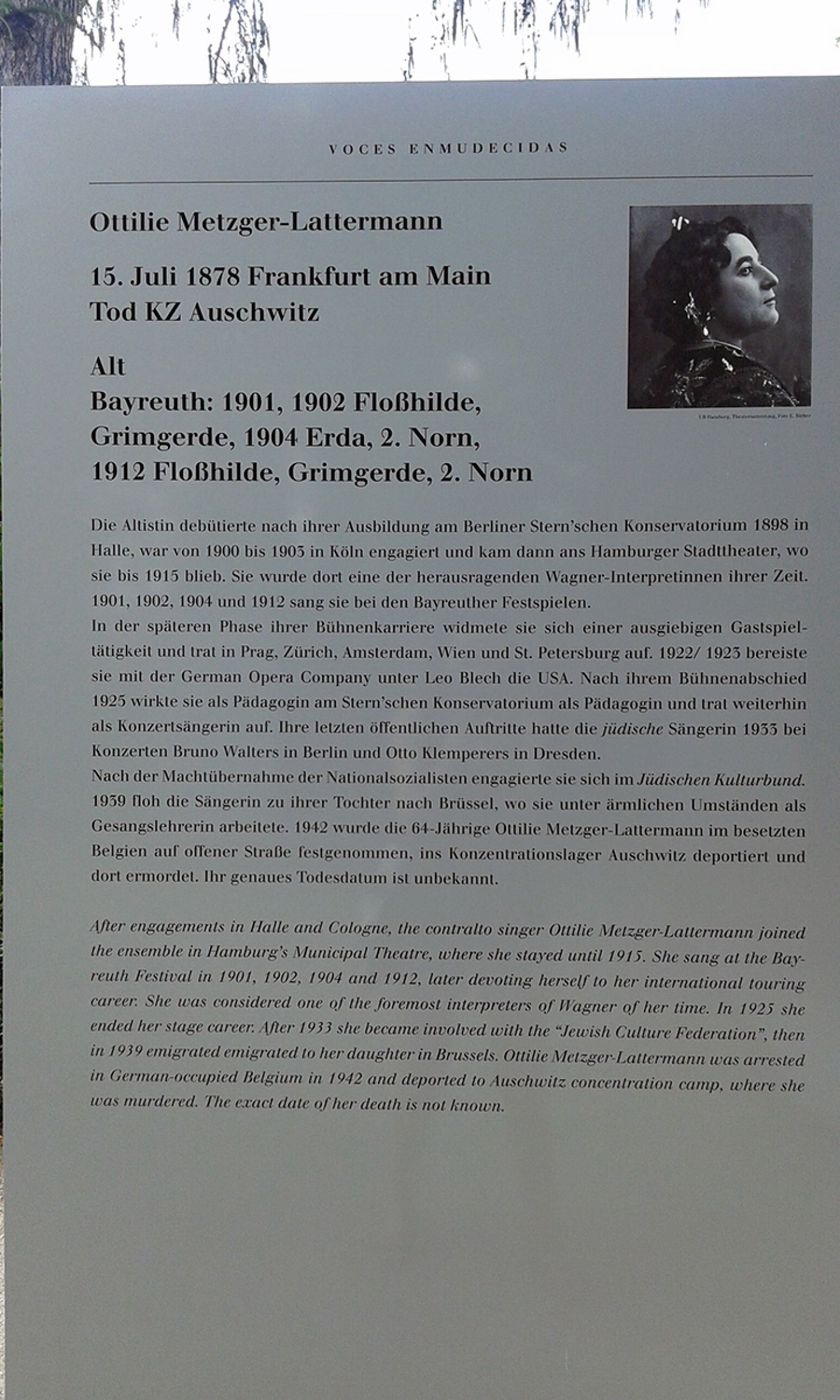
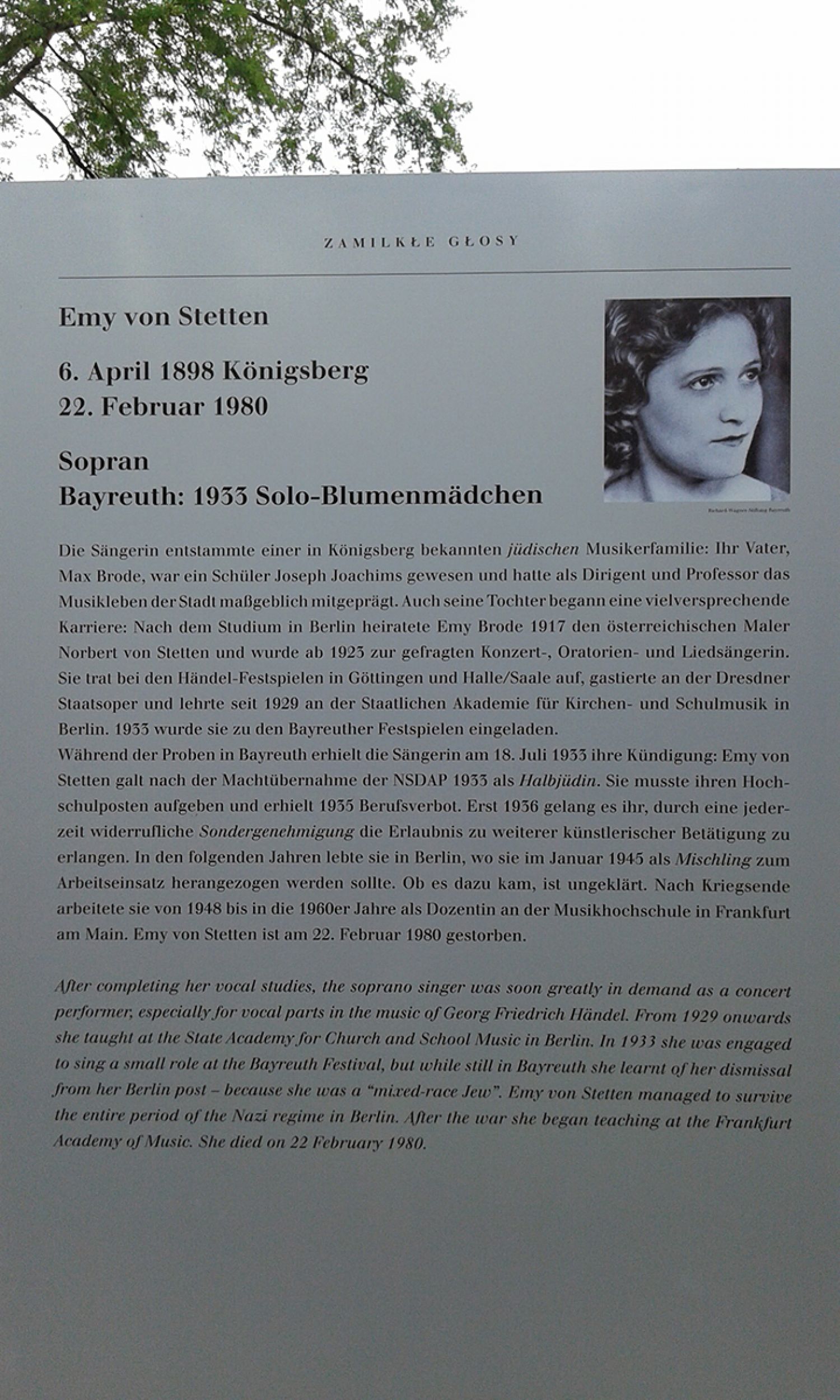
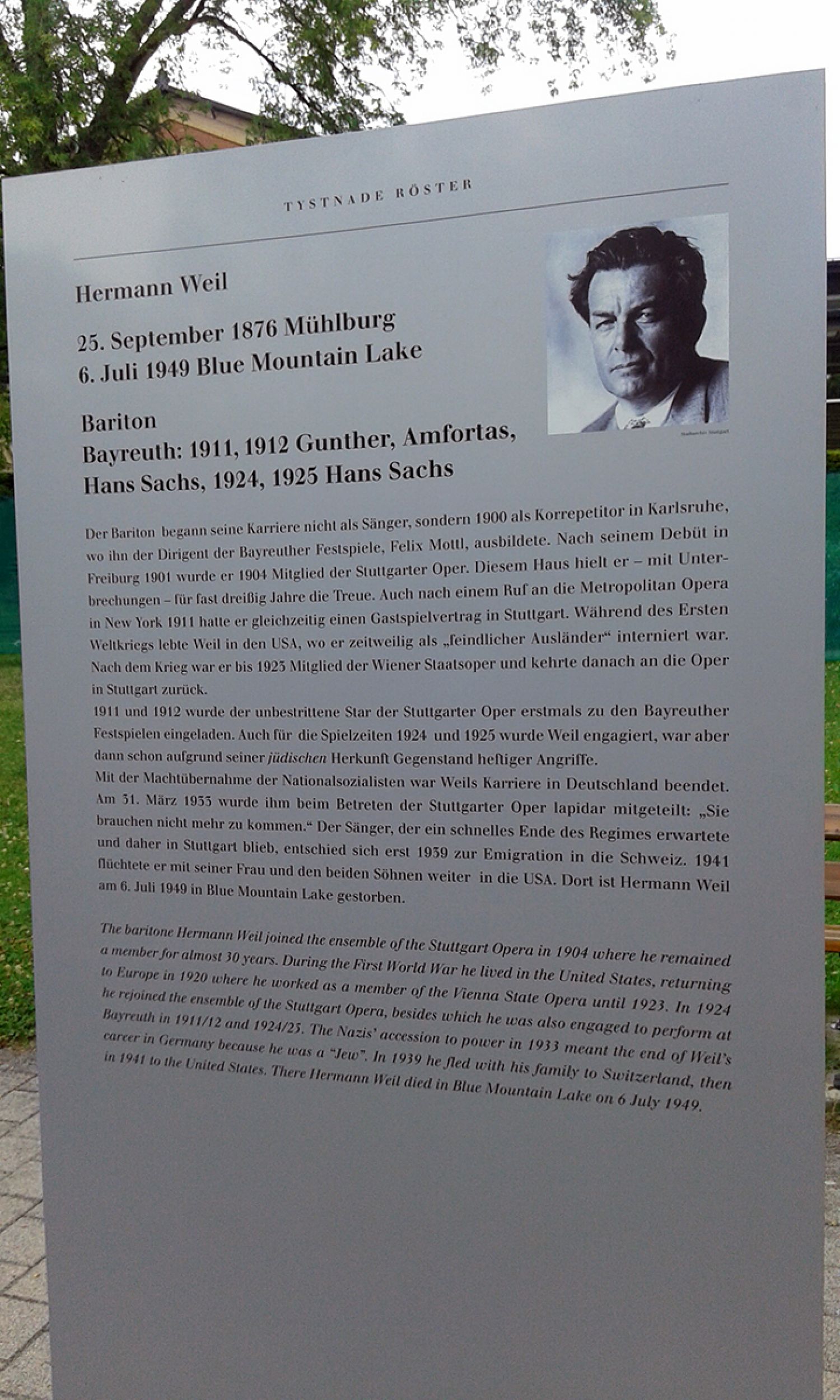
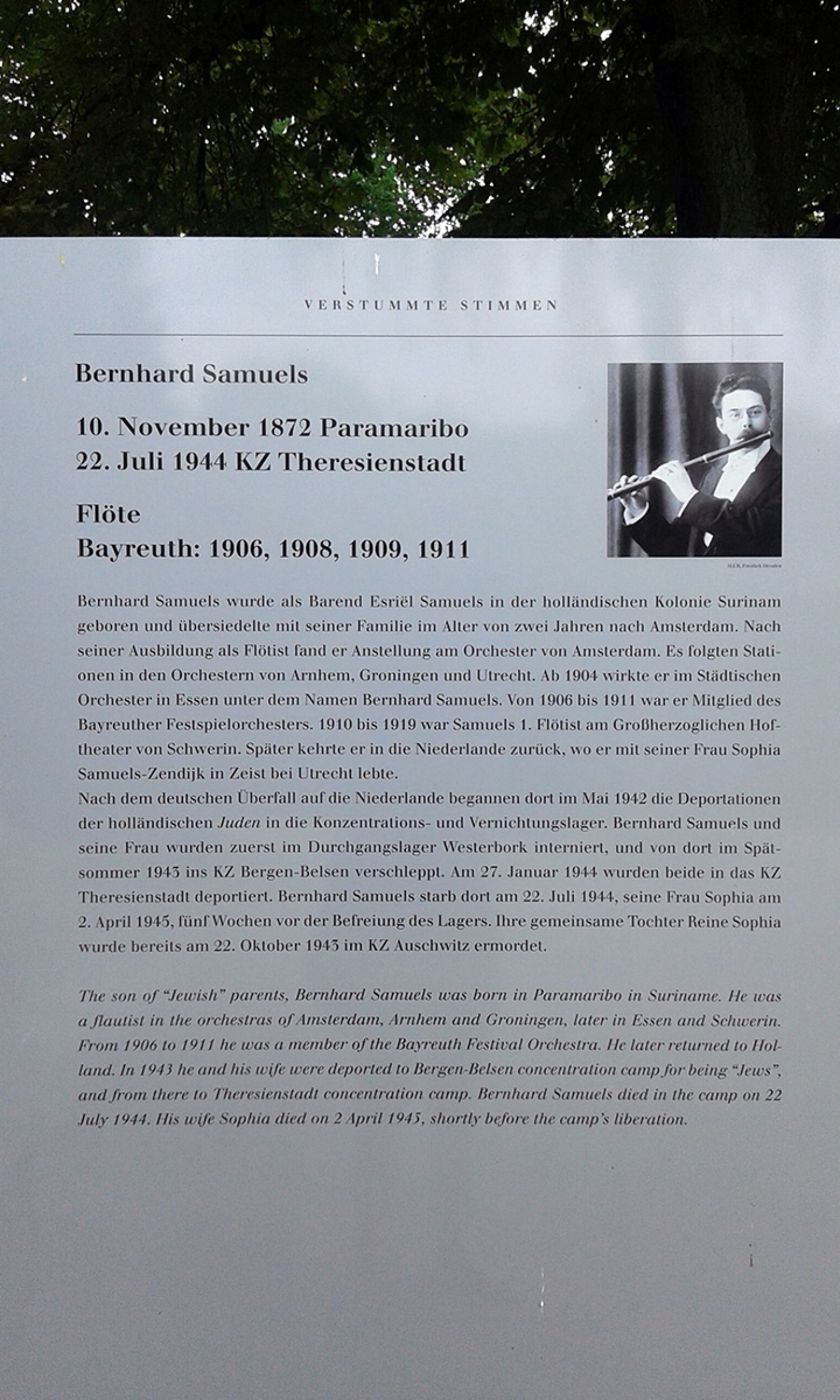
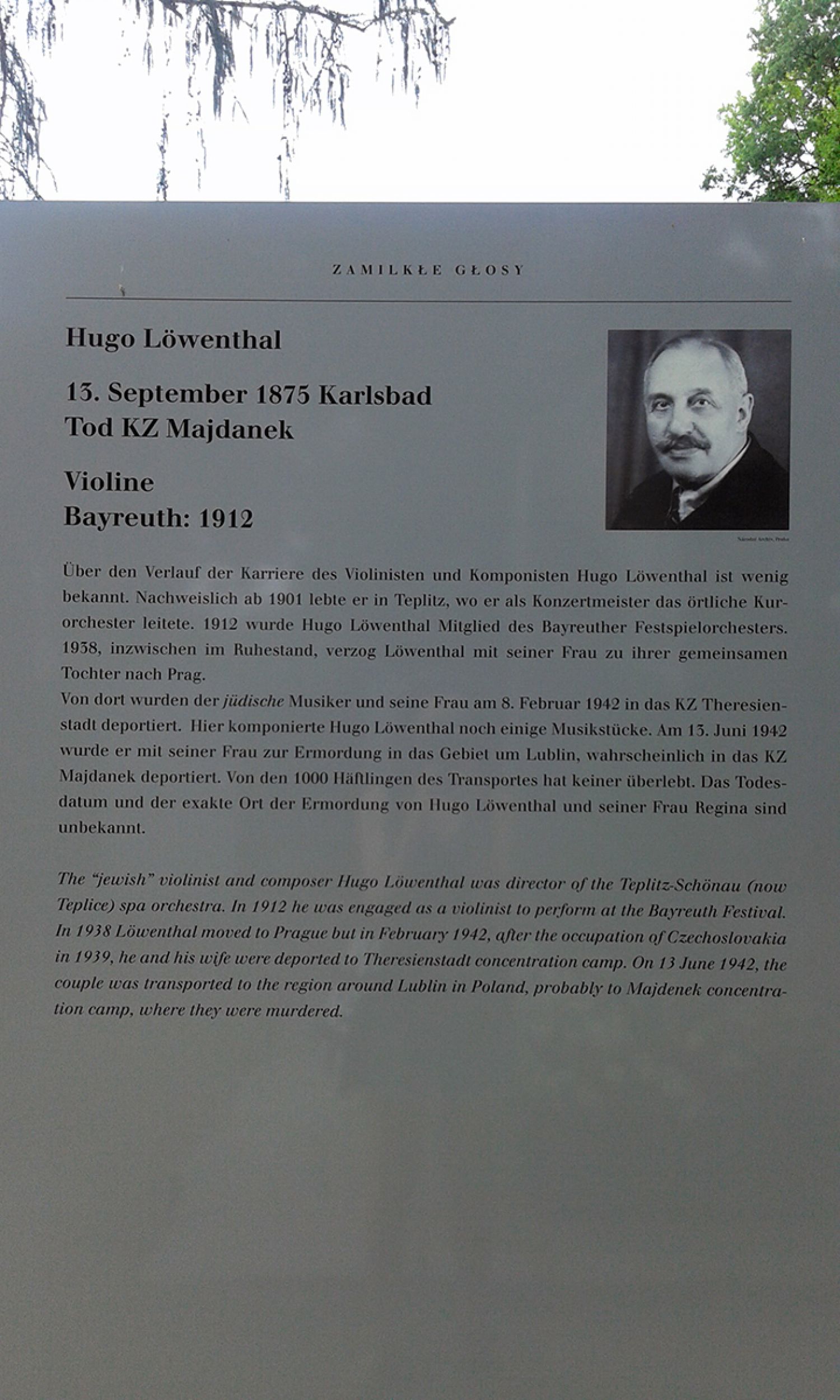
PROMETHEUS
WALKING BACK
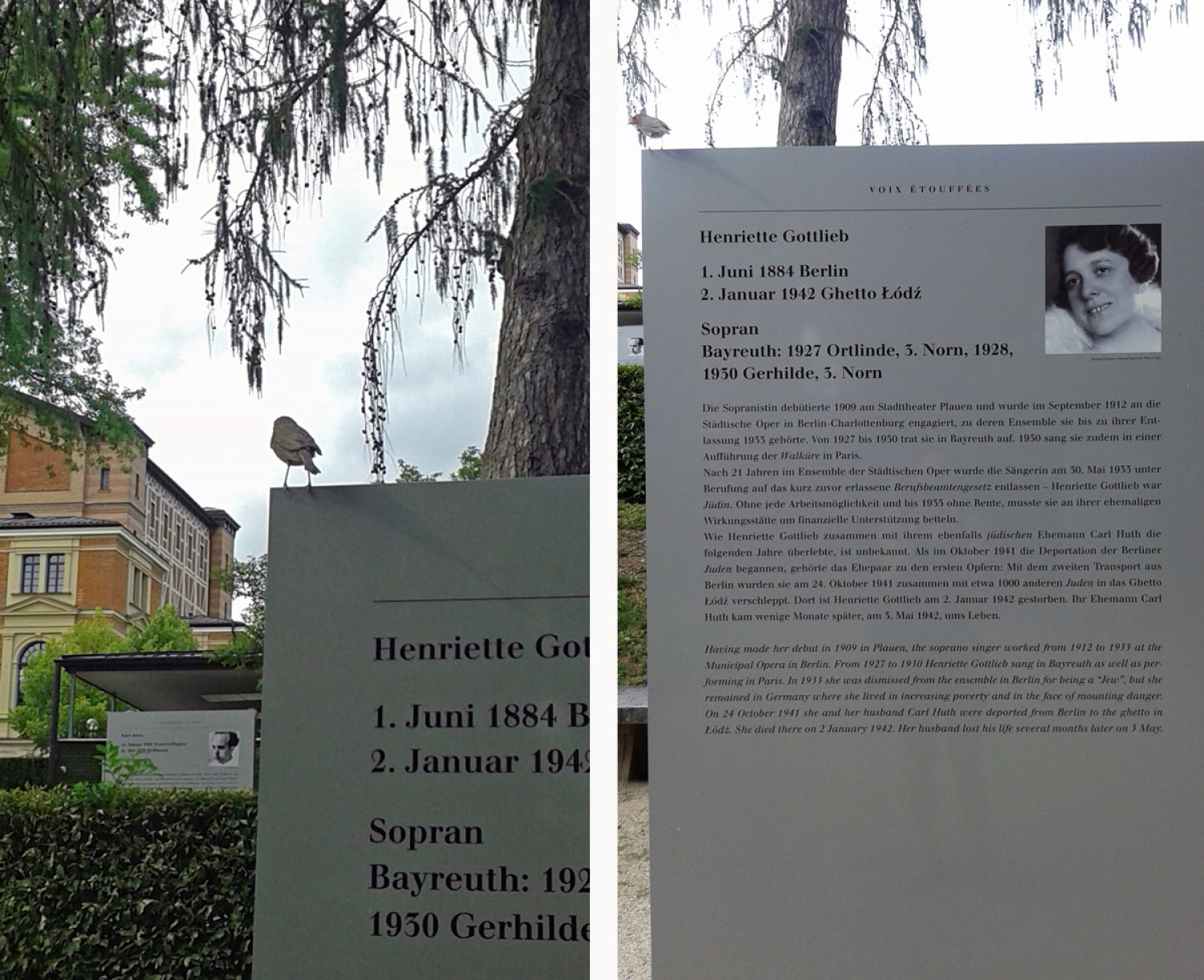
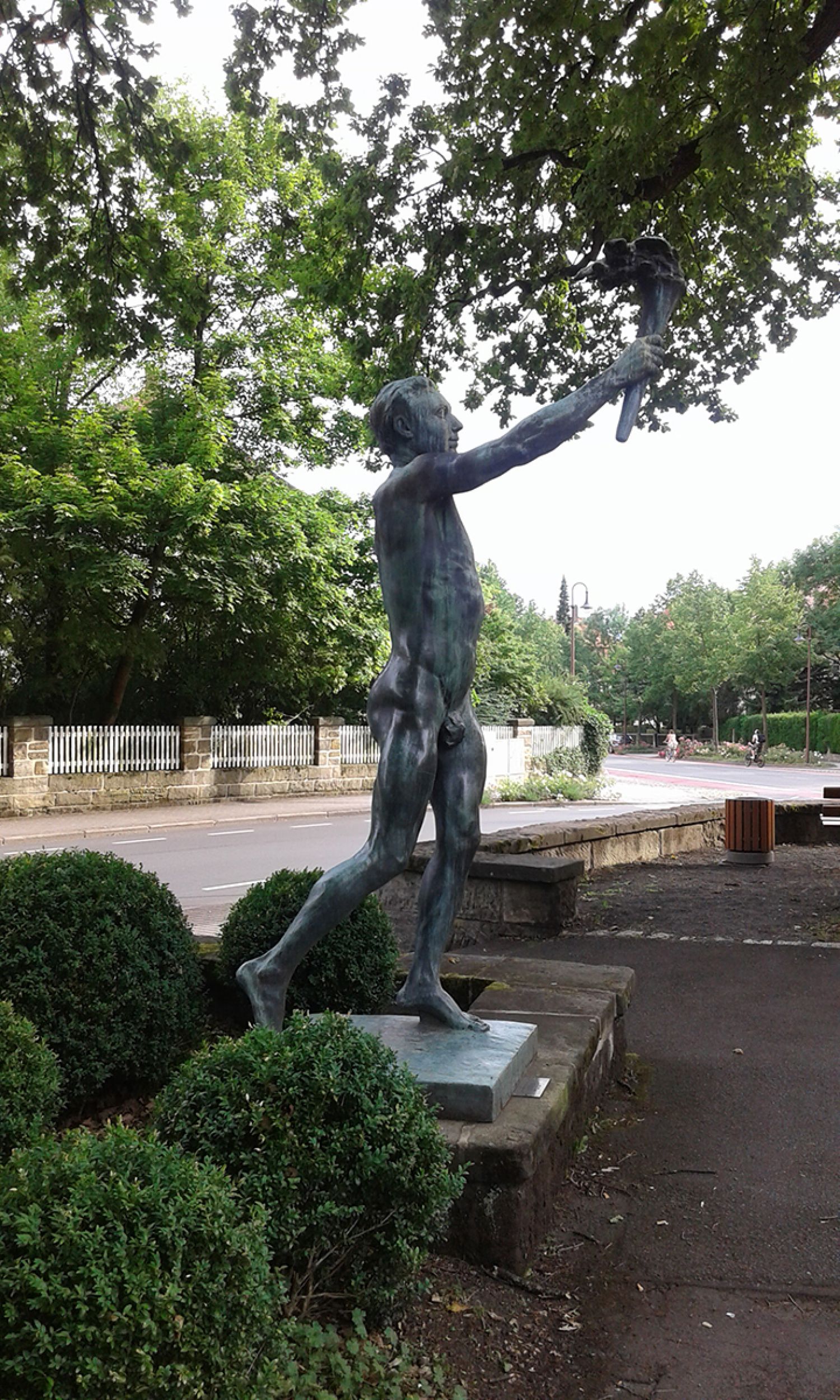
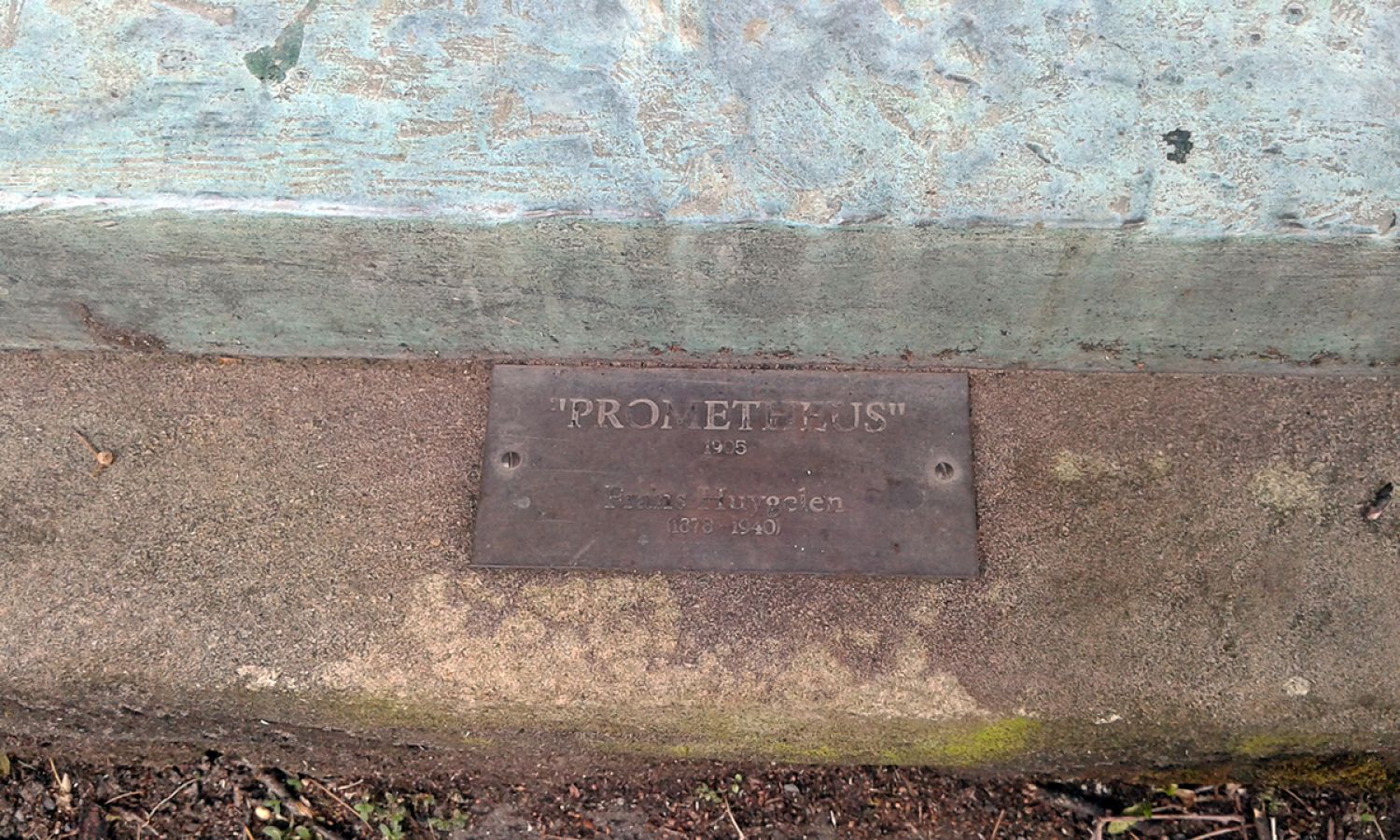
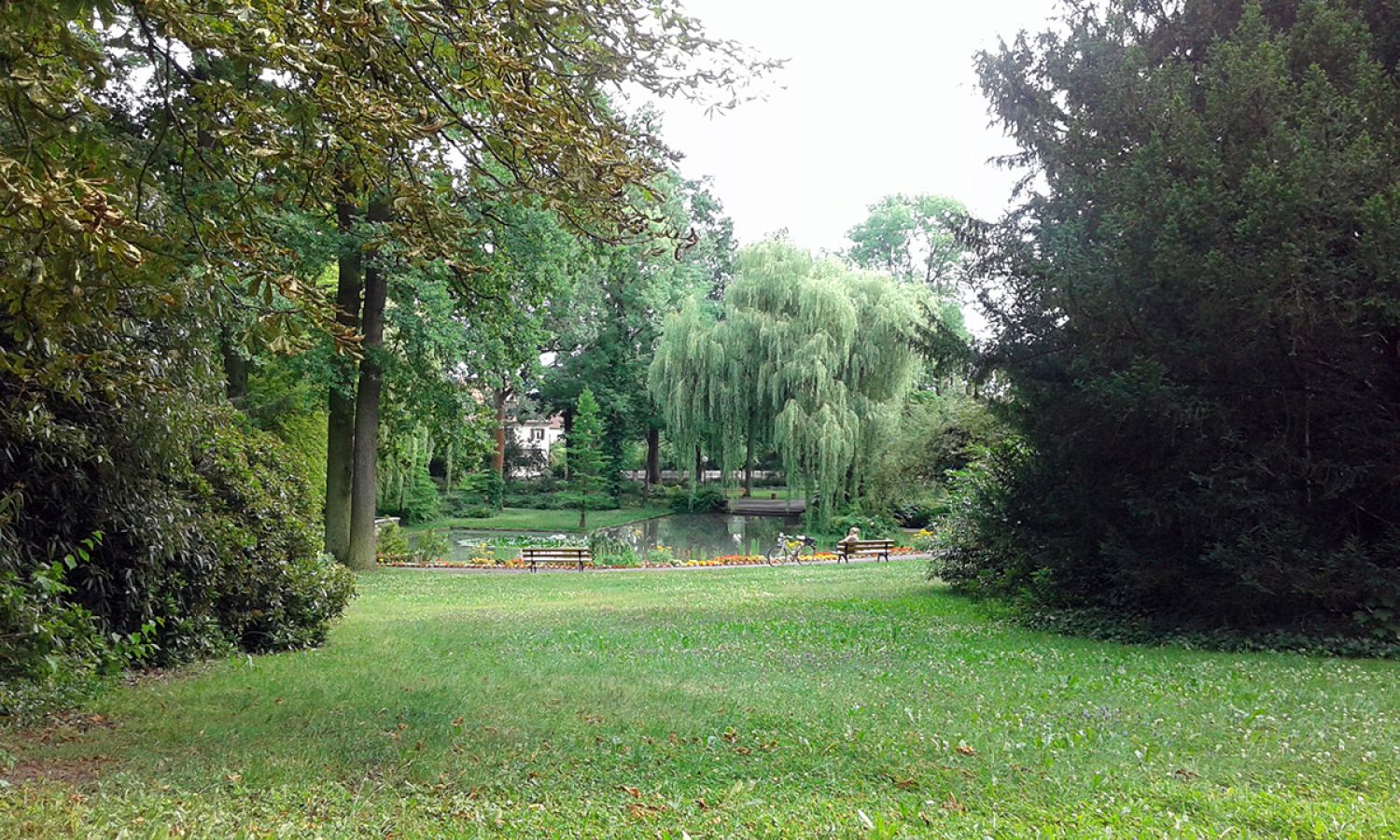
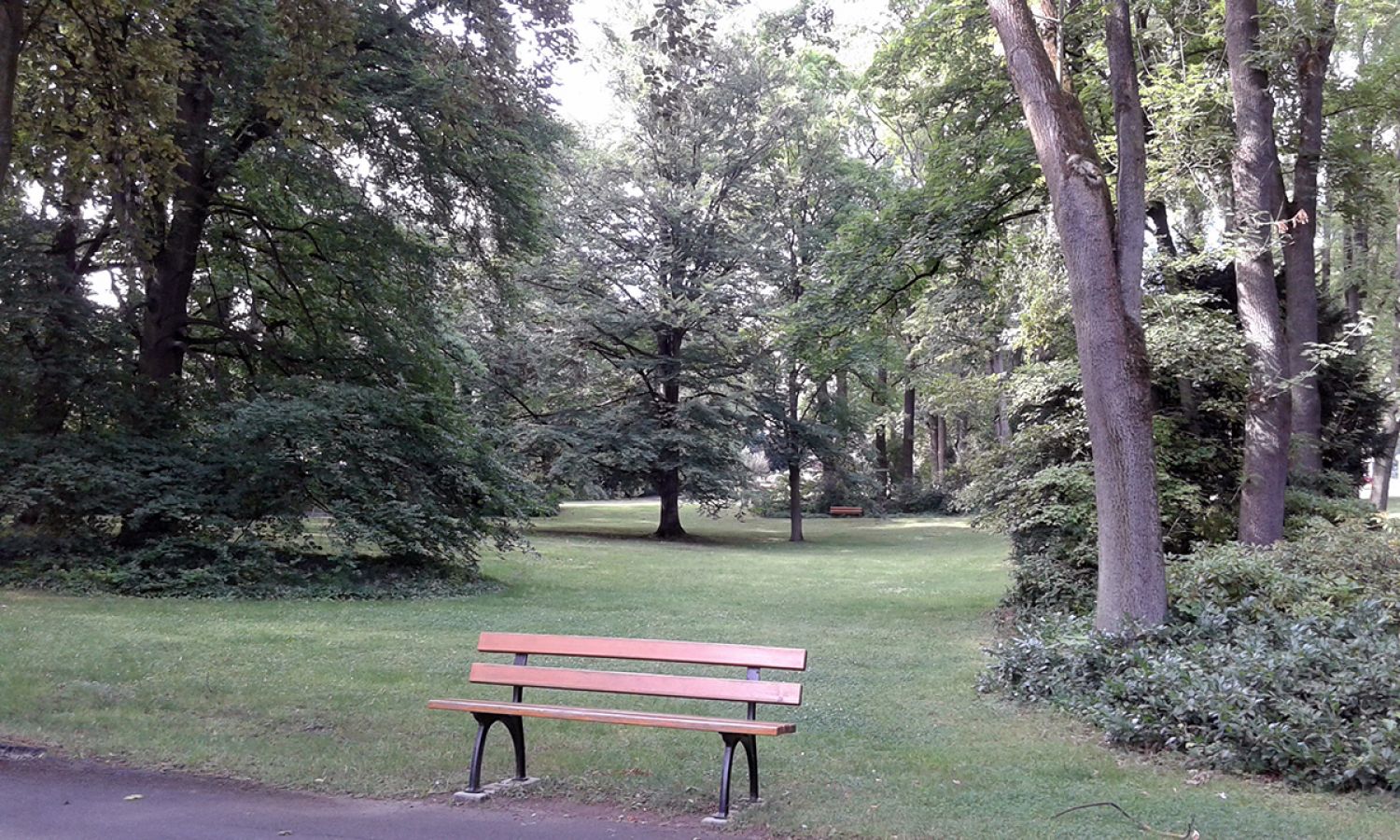
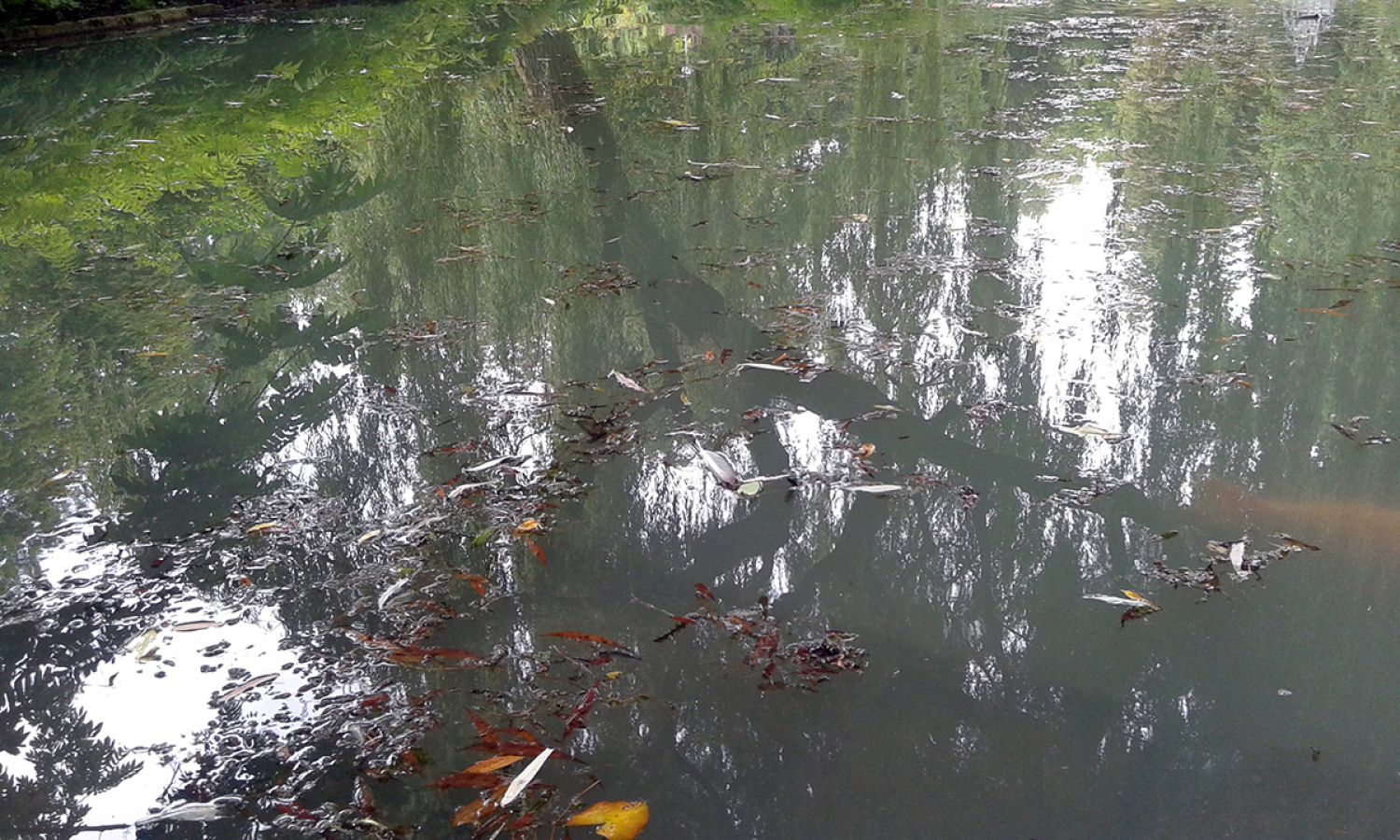
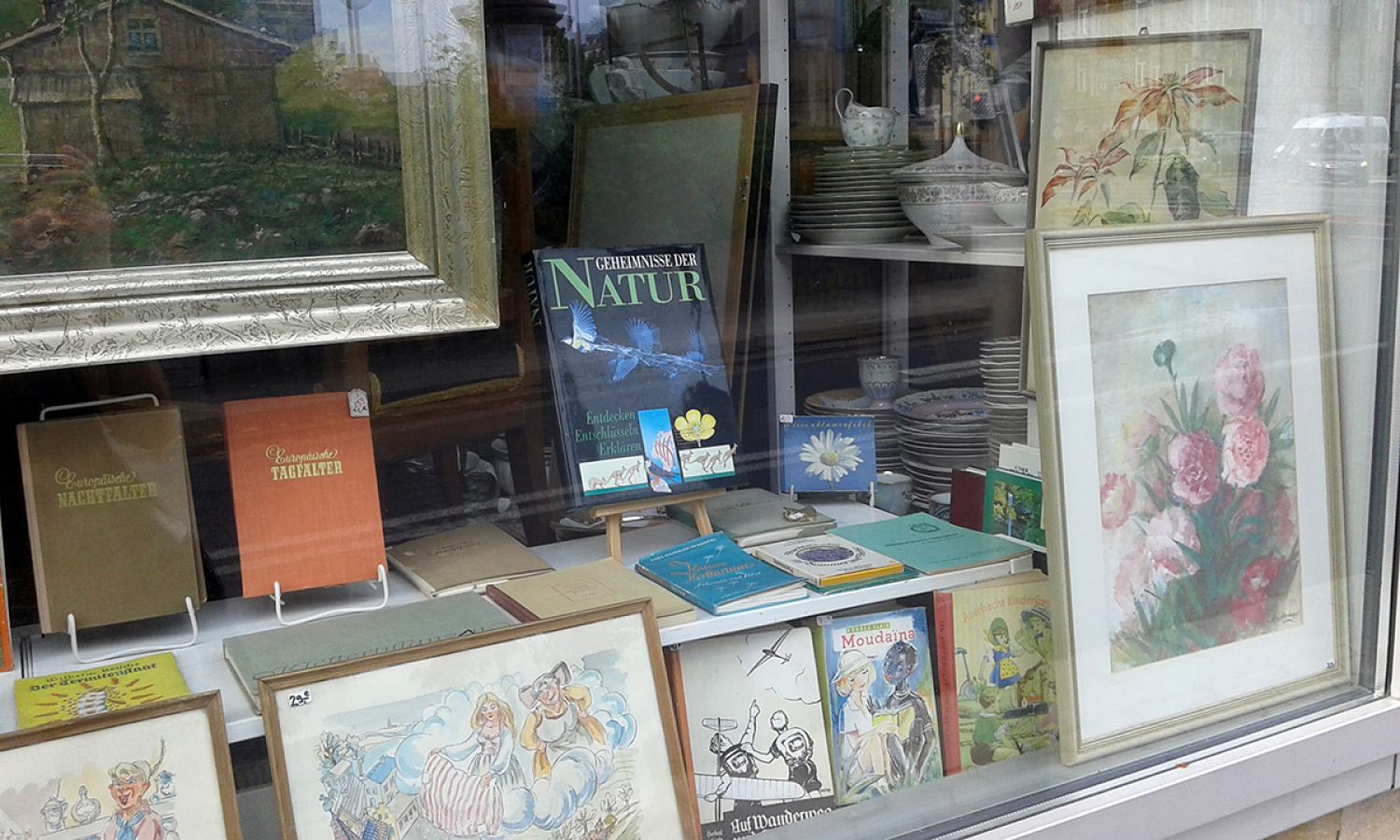
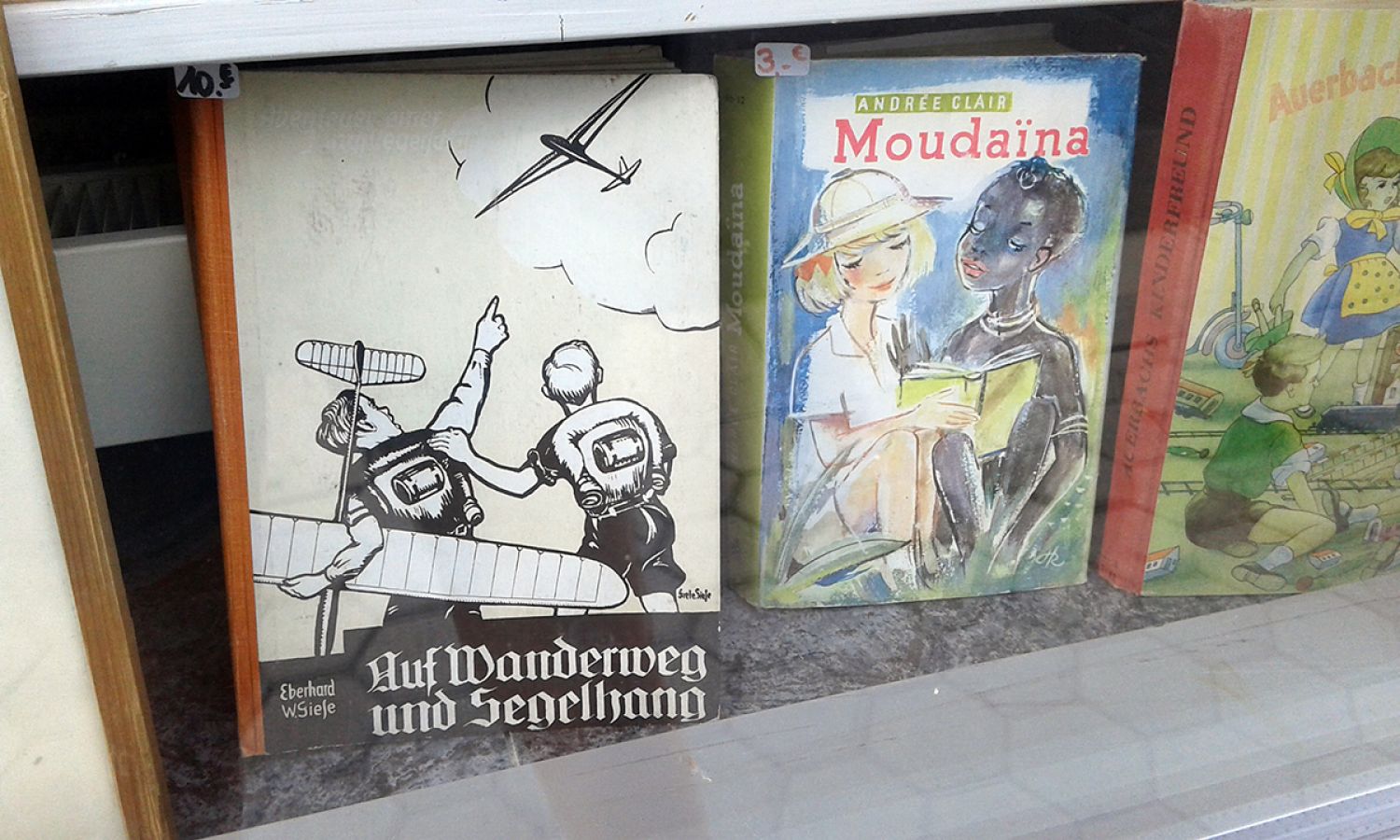
CONFLUENCE
TO BE CONTINUED
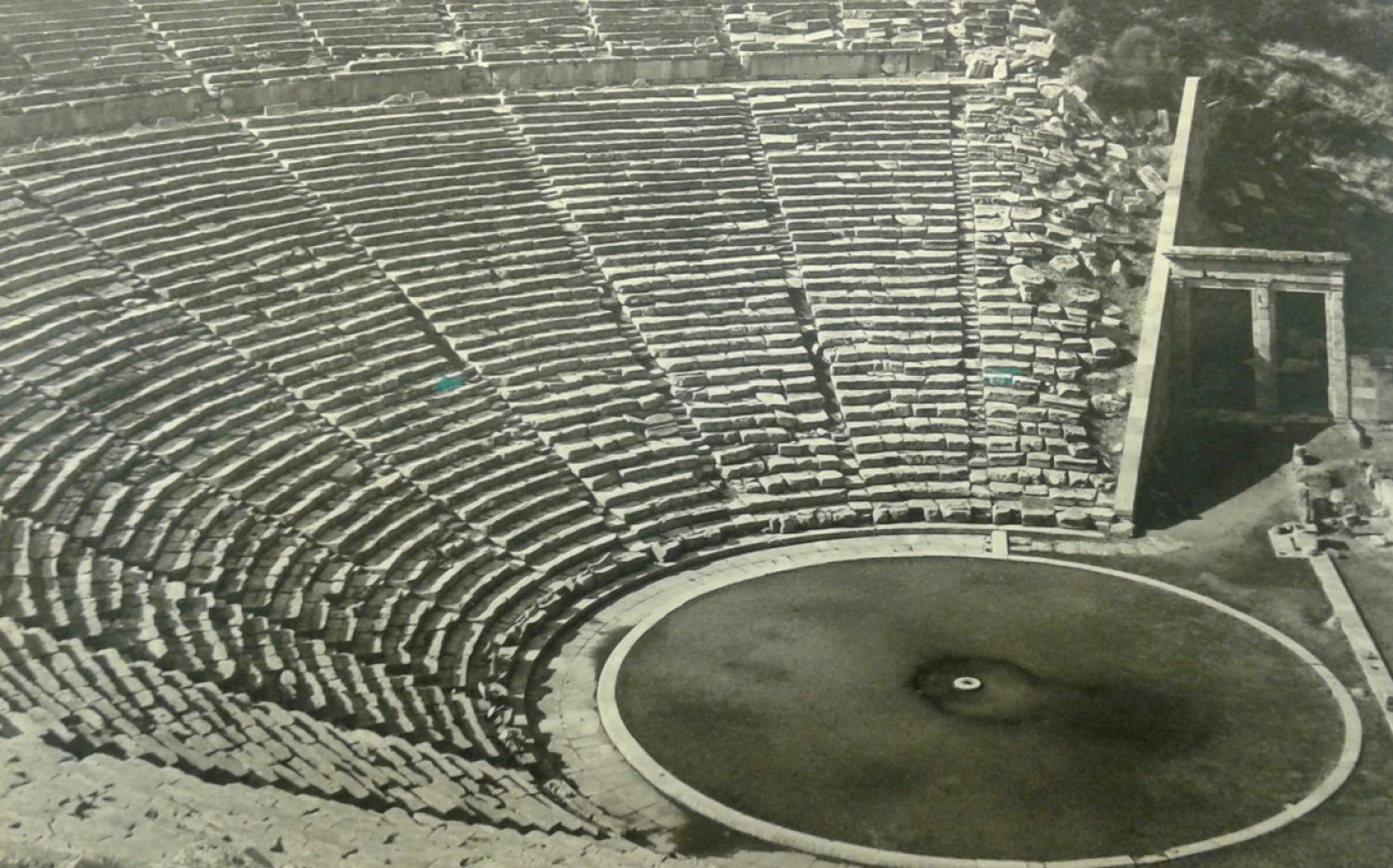
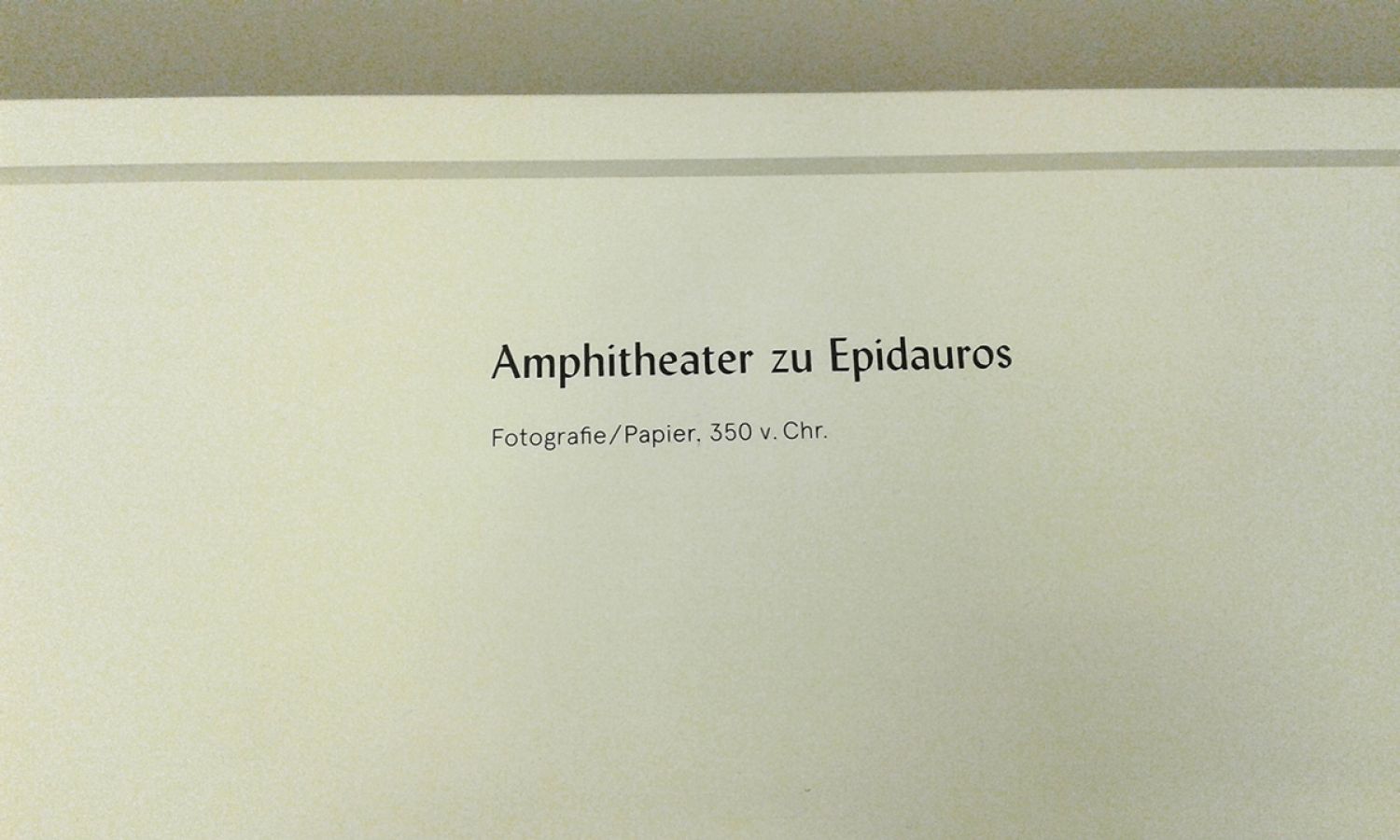
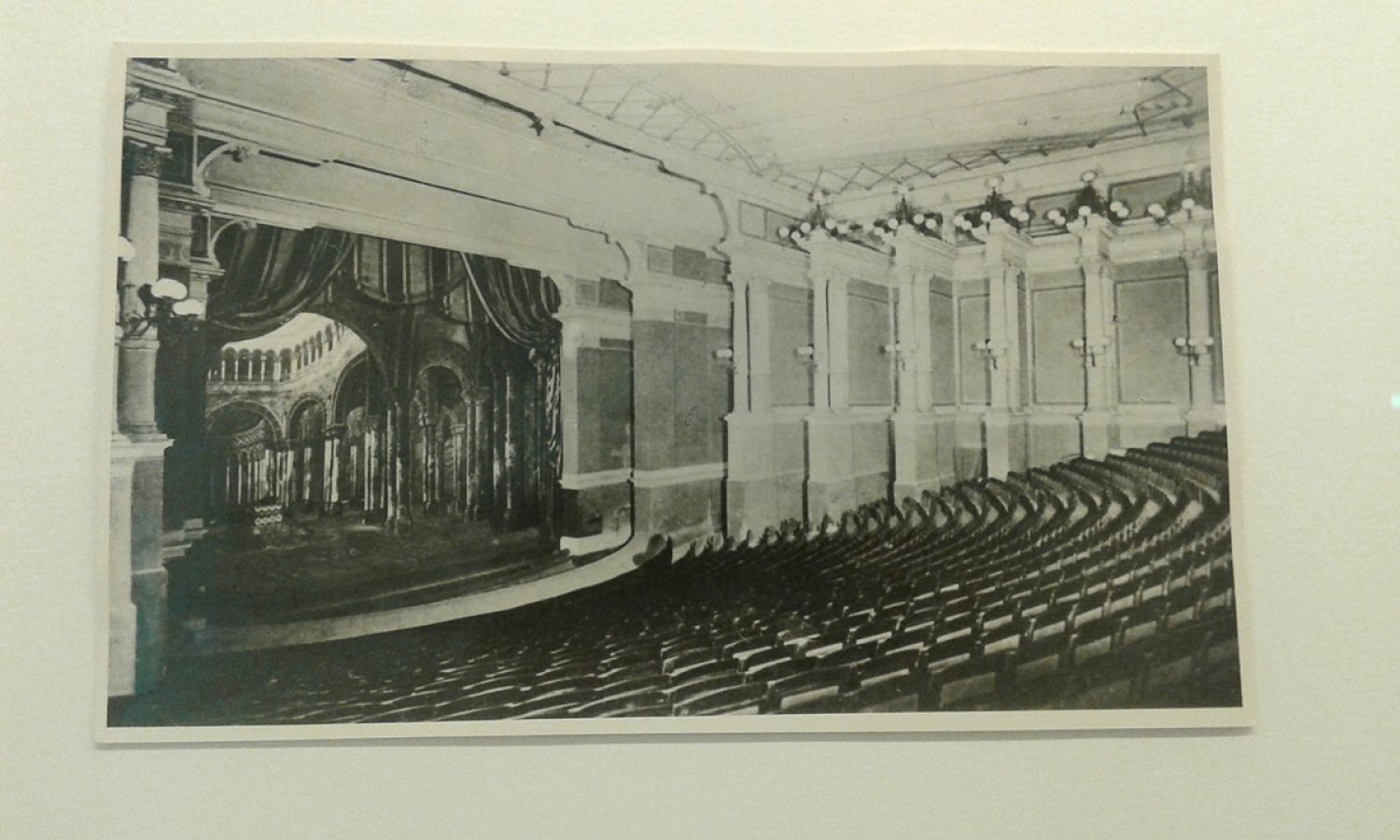
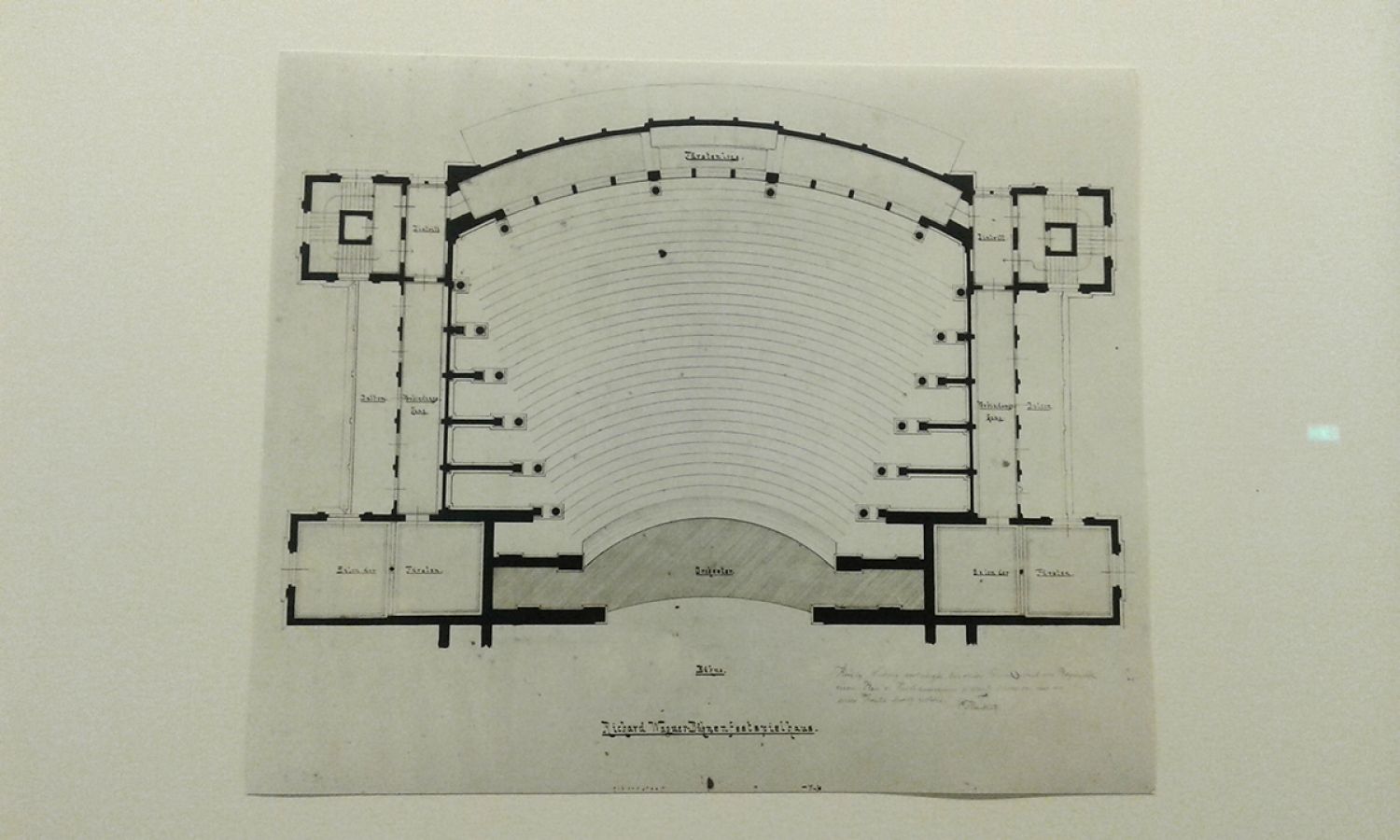
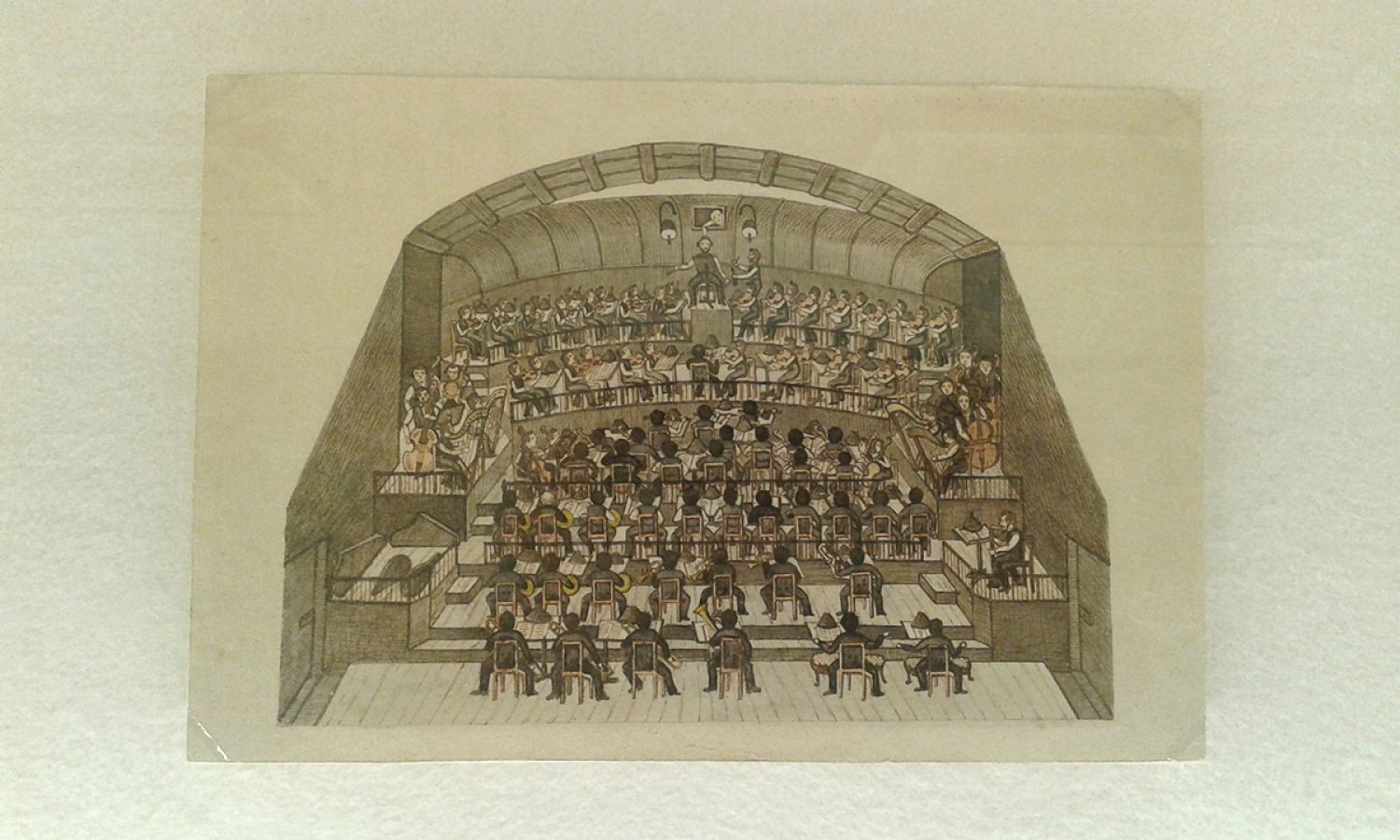
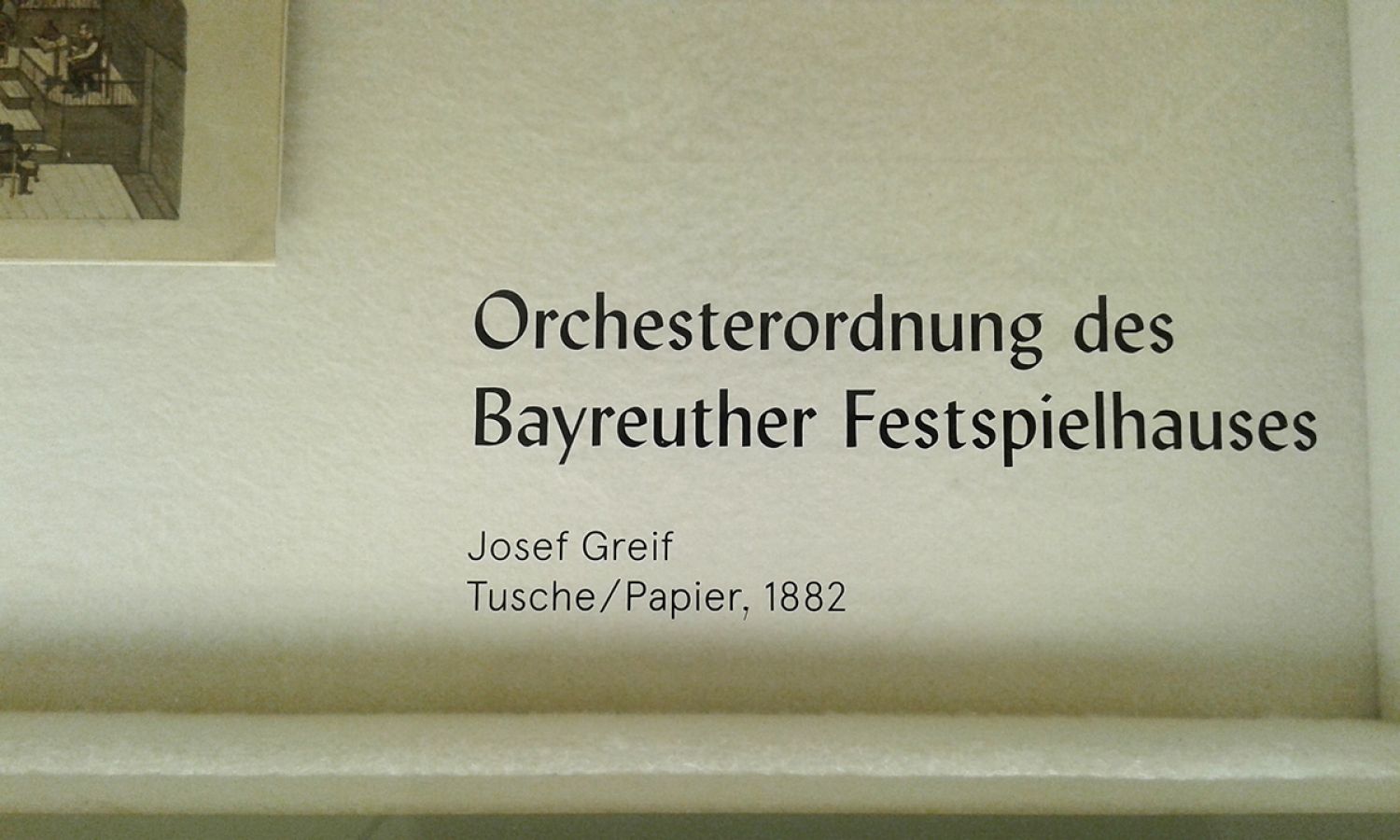
Documentation exhibited at the Richard Wagner Museum, Bayreuth
Confluence, album by Dollar Brand and Gato Barbieri, 1975
–
All videos and photos are snapshots made with my mobile phone
© Tatiana Macedo 2017
Footnotes
- ^ Bayreuth is known for having hosted Adolf Hitler and for his speeches in town. Despite that, one of the synagogues that survived the Holocaust is situated here, due to the fact that it lies beside the Opera House, therefore the Nazis were afraid that by burning the synagogue, they would also burn their beloved Opera.
- ^ https://www.bayreuther-festspiele.de/en/
- ^ The Opera House and the Wagner Bayreuth Festspielhaus are two different places.



